Editor’s Note: We continue our series of blogs for those who are reading the Bible with us cover-to-cover this year. Interspersed with our thoughts on our daily reading, we want to provide some tips about reading the Bible in general. Today we want to move on into …
The Book of Exodus, The Book of Redemption.
(About one year)
As we examine the next segment of this route, we first must focus our attention upon the events that occur between the end of the book of Genesis and the beginning of the book of Exodus. Approximately 270 years pass between the end of Genesis and the beginning of Exodus.
By the time we start the book of Exodus, things are not going well in Egypt for the Israelites. The new Kings, called Pharaohs, have placed the Jews into slavery, (Exodus 1.6-14). They have become the manual labor for the ambitious public works projects the Pharaoh’s are now able to build. When we arrive in Exodus, things are bleak.
God Bursts Forth Through A Man!
(Exodus 1-4)
The children of Israel need to be delivered from their bondage. God sees their plight, and he sends a deliverer, a man named Moses.
Moses Is Born And Raised In Pharaoh’s Palace
(Exodus 2.1-10)
Moses is born in a time when the Pharaoh has decreed that all male children born to Hebrew women were to be killed on the spot by the midwife helping in the delivery. (Exodus 1.15-17) However, the Hebrew midwives disobeyed the order of the King and kept Moses alive. (Exodus 2.2) When Moses becomes three months old, he is too difficult to conceal and so a radical plan is devised. In accordance with the King’s command in Exodus 1.22 that “every son who is born you shall cast into the river,” Moses is placed into a small waterproofed basket (called an “ark” in some versions) and set adrift on the Nile River.
Moses’ sister, Miriam, watches as the ark floats down the river and comes to rest where the daughter of Pharaoh is bathing. (Exodus 2.5-6) The child touches her heart, and Miriam is immediately present to provide her with a “nursemaid” for the child. Since Pharaoh’s daughter desires to keep the child, Moses is nursed by his own mother, and then trained in Pharaoh’s house as the King’s own son! (Exodus 2.7-10)
Moses Rejects His Egyptian Upbringing
(Exodus 2.11-25)
Moses grows until, at age 40, he is confronted by the terrible conditions of his own people, the Jews. He intervenes and kills the Egyptian who is beating a Hebrew man. (Exodus 2.11-12) The next day, in the course of his work, he tries to intervene between two Hebrews who are fighting. They confront him and tell him they know of the murder from the day before. When Pharaoh hears of the murder, he seeks to put Moses to death. Unwanted by the Hebrews, and wanted for murder by the King, Moses flees Egypt. The writer of the New Testament book of Hebrews comments on this event by saying:
Hebrews 11:24-27
By faith Moses, when he became of age, refused to be called the son of Pharaoh’s daughter, choosing rather to suffer affliction with the people of God than to enjoy the passing pleasures of sin, esteeming the reproach of Christ greater riches than the treasures in Egypt; for he looked to the reward. By faith he forsook Egypt, not fearing the wrath of the king; for he endured as seeing Him who is invisible.
He flees to the land of Midian, located on the northeastern side of the Gulf of Aqaba, the right “finger” of the Red Sea. Moses travels a distance of over 120 miles, over the worst desert conditions. When he arrives in Midian, Moses befriends himself to the local priest by rescuing his seven shepherdess daughters. (Exodus 2.16-25) Eventually Moses marries Zipporah, one of the daughters of this priest named Jethro, and has two sons by her.
Over the course of the next 40 years, Moses is content to forget his past and enjoy his present with his family. But as time passes, things grow worse in Egypt and the children of Israel cry out to God for deliverance. (Exodus 2.23-25)
Moses Becomes A Reluctant Deliverer Of His People Israel
(Exodus 3 – 4)
When God sends a deliverer, he prepares that person for years in advance of the task that will be required of him. So, too, is the case of Moses.
- His birth and early upbringing allow him understanding of and access to the Egyptian political world; after all he is a child of Pharaoh!
- His years as a shepherd in the wilderness of Midian have taught the importance of caring for a flock, and the dangers of the environment.
He will need these skills to rescue and bring the children of Israel to their “promised land” in Canaan, which is present day Israel.
Please note that Moses did not want the job of deliverer! As you travel through this portion of the journey, never forget Moses has no ambitions of being a judge or a leader of anything more than a flock of sheep in Midian. God calls Moses to become the deliverer of Israel through the supernatural event of the burning bush. (Exodus 3.1-10) But Moses objects to the role on the following five grounds:
- He has no political standing or power in Egypt anymore! (Exodus 3.11) God responds that Moses has standing and power with Him and that is enough! (Exodus 3.12)
- He has no knowledge of the name of the God who is sending him! (Exodus 3.13) God reveals His name to Moses and the mission profile needed to win over the children of Israel! (Exodus 3.13-22)
- He has doubts that anyone would believe him or follow his leading! (Exodus 4.1) God provides Moses with three supernatural signs that he is able to perform at his own will to prove he is sent from God! (Exodus 4.2-9)
- He is unskilled in speaking and communicating and wouldn’t be able to get the message across! (Exodus 4.10) God reminds Moses who made his mouth and that He would tutor Moses in what to say! (Exodus 4.11-12)
- He is not interested in going on this mission, even if God wants him to! (Exodus 4.13) God gets angry with Moses and commands him to go anyway and to take his brother Aaron with him as his personal “press secretary.” (Exodus 4.14-17)
The matter now decided, Moses reluctantly goes to Egypt with Aaron his brother, his wife, Zipporah, and their two sons.
It is our hope that this background information helps a bit as you read on in the Bible. We will continue this series with our next installment: “The Ten Plagues Upon Egypt” on Tuesday.
You can obtain more help from the FREE Bible reading schedule on our resource page. In His Image is a daily devotional that also follows our reading schedule and expresses the Biblical truth: “God Created You to Love You.” You can find this resource on the side bar of our website.

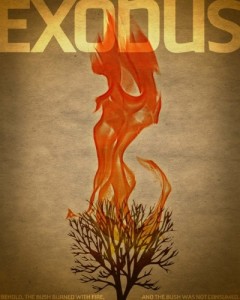


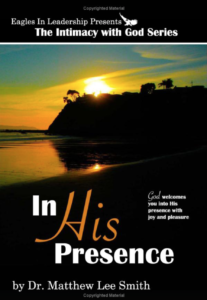
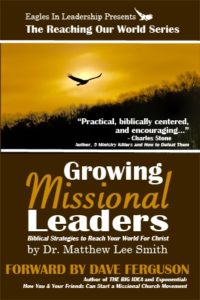
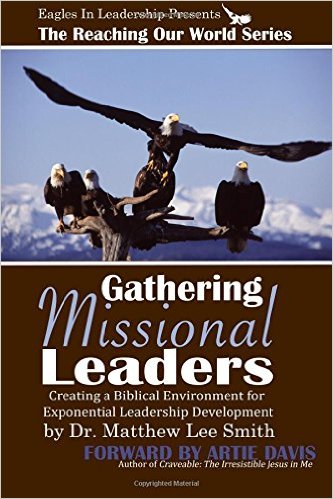
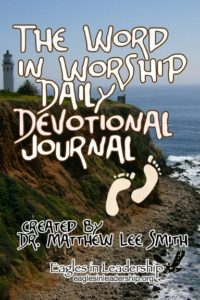
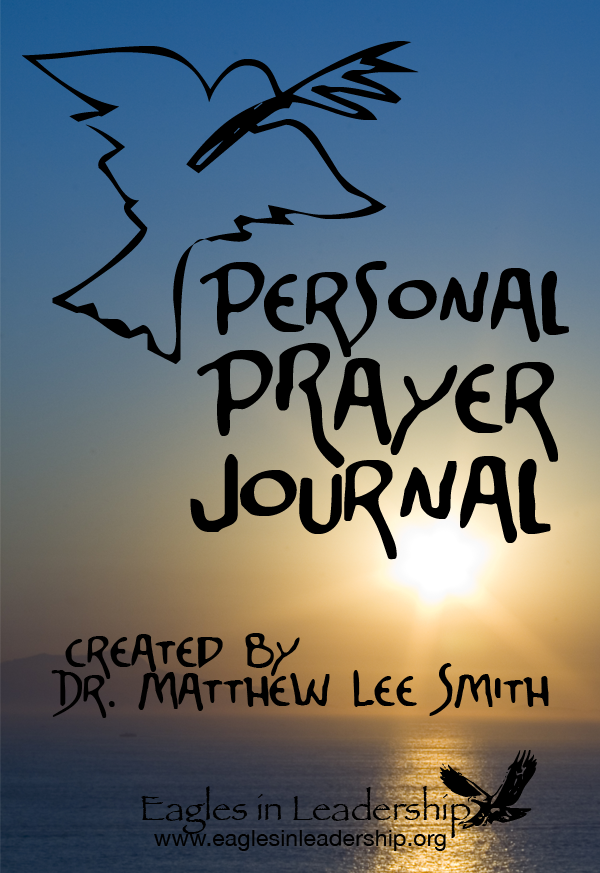
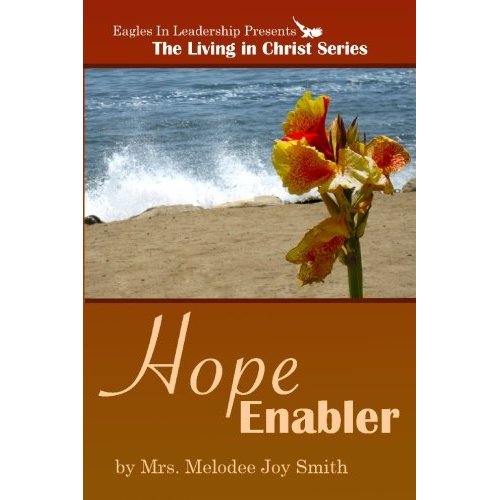
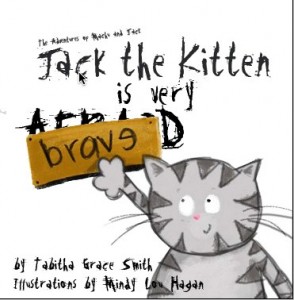

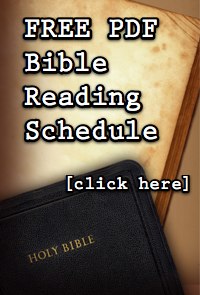
Hey There. I found your blog using msn. This is a very well written article.
I will be sure to bookmark it and come back to read more
of your useful information. Thanks for the post. I’ll certainly comeback.